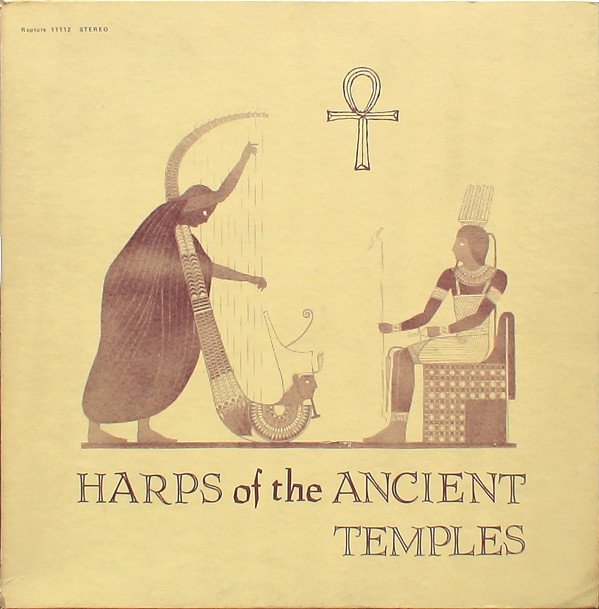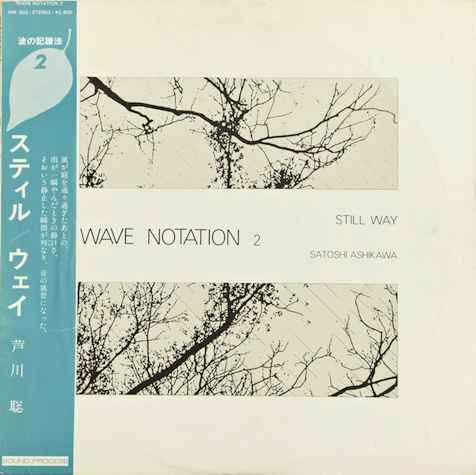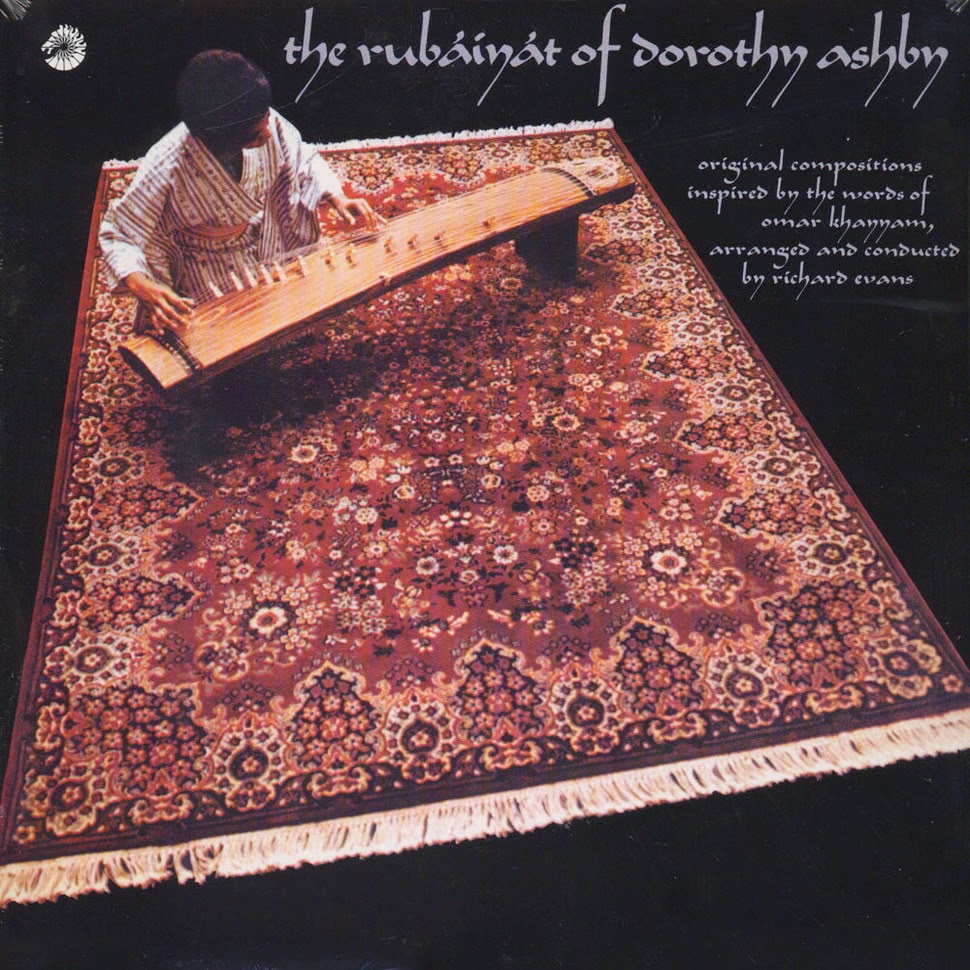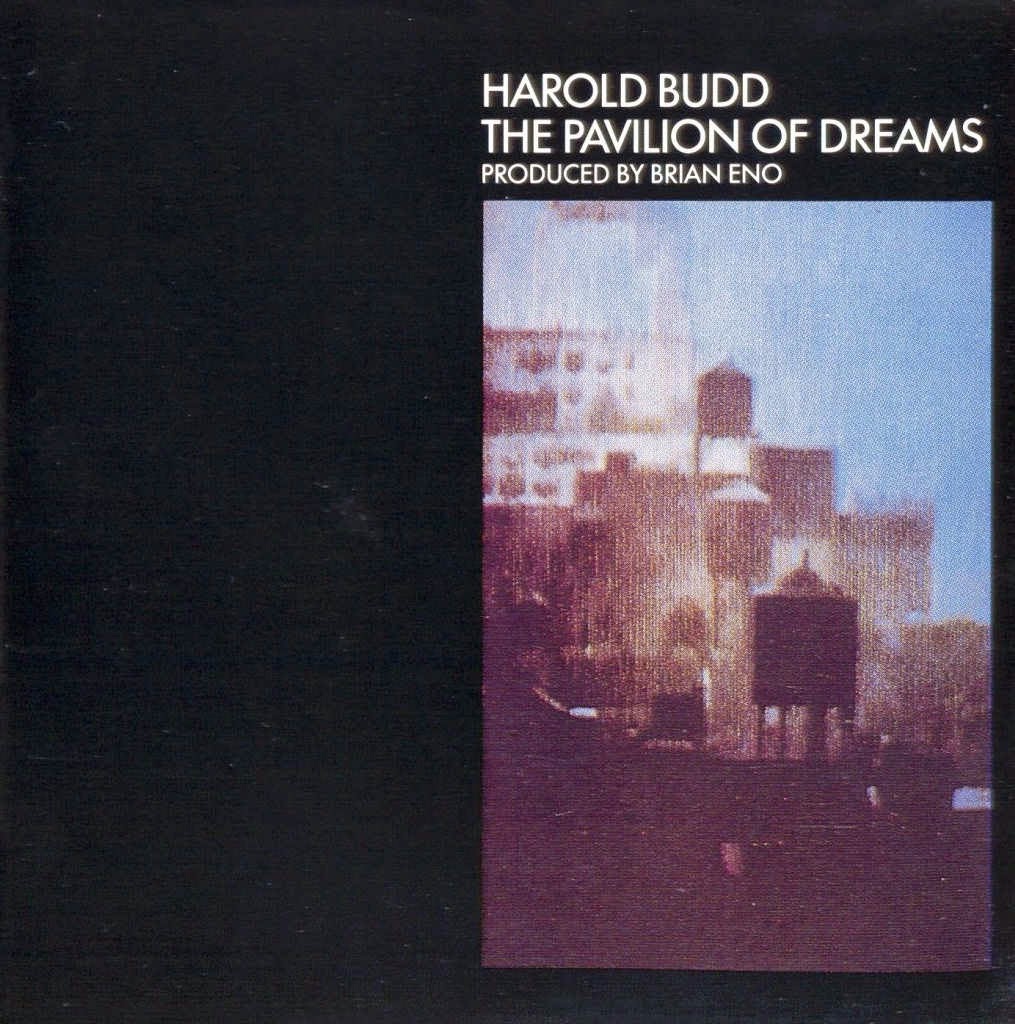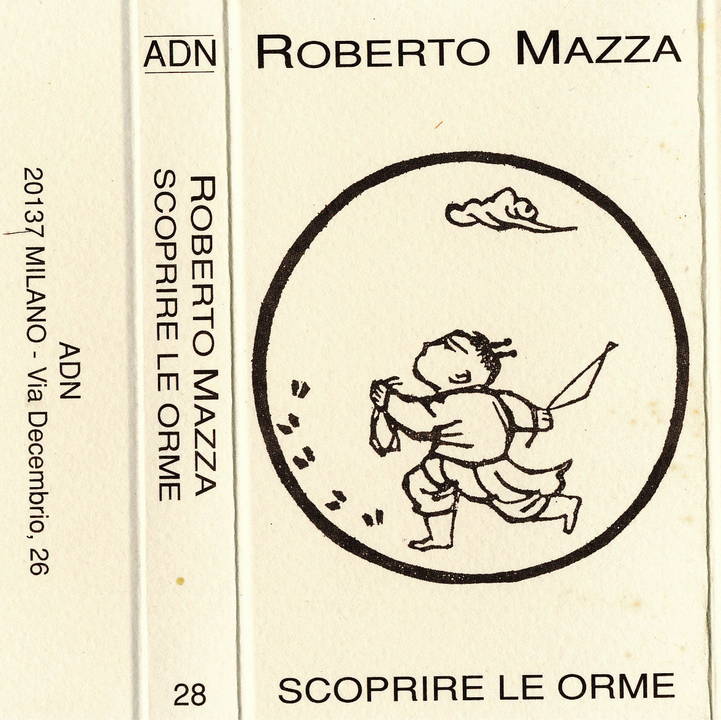
Lino Vaccina and Vincenzo Zitello collaborator. Bardic harp, oboe, and synth all composed and played by Mazza. I hesitate to call Scoprire Le Orme (roughly “discover the footsteps”) minimal, though it does get thrown around as such–it feels denser and warmer than what I typically associate with Italian minimalism. To me it feels like far eastern baroque; very courtly–my guess would be that Mazza tuned his harp to scales more typically associated with instruments like the koto or even the sitar. There’s a dusty exotica sentimentality that reminds me of Finis Africae. A lot to love here. Hope y’all are having a very harpy winter.

